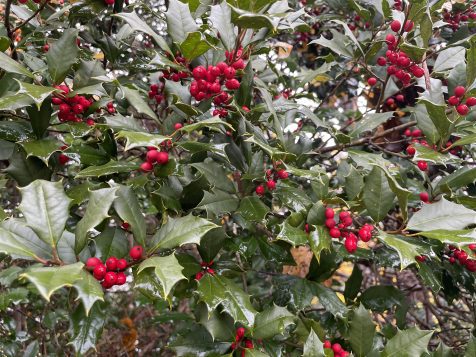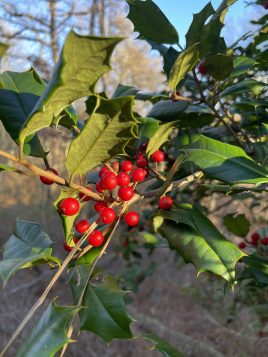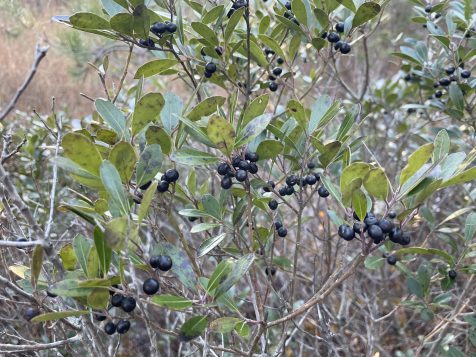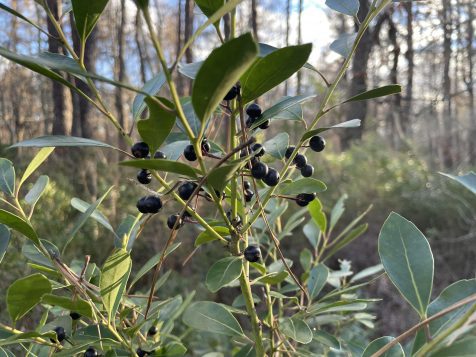By Heidi Sutton
Hanukkah begins at sundown on Thursday, December 7 and ends on the evening of Friday, December 15 this year. Here are some menorah lighting ceremonies, parades and celebrations in our neck of the woods.
Commack/Dix Hills
— Chabad of Mid-Suffolk, 318 Veterans Hwy., Commack presents a Grand Menorah Parade to The Chai Center, 501 Vanderbilt Parkway, Dix Hills on Dec. 10 at 6 p.m. The grand menorah lighting and Chanukah Party will follow at The Chai Center with doughnuts and latkes. RSVP at ChabadMidSuffolk.com/parade
— Join the Suffolk Y JCCC, 74 Hauppauge Road, Commack for a Menorah Lighting and Shine a Light on Anti-Semitism event on Dec. 13 at 7 p.m. 631-462-9800
East Setauket
Village Chabad, 360 Nicolls Road, East Setauket will host a Chanukah Car Parade and Grand Menorah Lighting with a Chocolate Gelt Drop on Dec. 10 starting at 4 p.m. with latkes, donuts, music, Johnny Peers & The Muttville Comix dog show and more. $10 per person in advance at MyVillageChabad.com/LightOverDark, $15 at the door. 631-585-0521
Farmingville
Join the Town of Brookhaven for a Menorah Lighting at Town Hall, One Independence Hill, Farmingville on Dec. 7 at 6 p.m. followed by entertainment, hot latkes and donuts. 631-451-6100
Greenlawn
The Greenlawn Civic Association will host a Menorah Lighting Ceremony and Hanukkah celebration at Harborfields Public Library, 31 Broadway, Greenlawn on Dec. 11 at 6 p.m. www.greenlawncivic.org
Huntington
Chabad of Huntington Village will host a Grand Menorah Lighting at the Huntington Village Winter Wonderland at Main Street and Wall Street on Thursday, Dec. 7 at 4:30 p.m.
Kings Park
The Kings Park Chamber of Commerce hosts a Menorah Lighting/Christmas Tree Lighting Ceremony at Veterans Plaza, 1 Church Street, King Park on Dec. 3 at 4 p.m. Enjoy holiday music selections followed by invocation and welcome remarks from the chamber with hot chocolate and cookies. Held rain or shine. 631-269-7678
Lake Ronkonkoma
Take part in a Menorah Lighting at Raynor Park, 174 Ronkonkoma Ave., Lake Ronkonkoma on Dec. 7 at 7 p.m. Hosted by the Ronkonkoma Chamber of Commerce. 631-963-2796
Port Jefferson Station
The Port Jefferson Station/Terryville Chamber of Commerce will host its annual Menorah Lighting at the Chamber Train Car, corner of Route 112 and Nesconset Highway, Port Jefferson Station on Dec. 7 from 4 to 5 p.m. 631-821-1313.
St. James
The community is invited to the St. James Menorah Lighting Ceremony at The Triangle, Route 25A and Lake Ave., St. James on Dec. 7 at 5 p.m., Dec. 8 at 4 p.m. and Dec. 9 to 14 at 5 p.m. Includes light refreshments. Nonperishable food donations accepted for the local food pantries. 631-584-8510
Smithtown
The Town of Smithtown and Chabad of Mid-Suffolk will hold its annual Menorah Lighting Ceremony at Town Hall, 99 West Main St., Smithtown on Dec. 11 at 5 p.m.. 631-360-7512



























